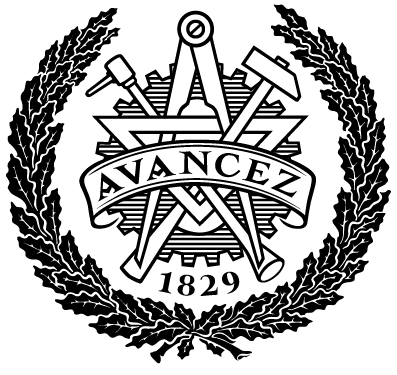Preparing BIM Models for Construction- Challenges and Requirements
| dc.contributor.author | Iséni, Leo | |
| dc.contributor.author | Rosina, Patrik | |
| dc.contributor.department | Chalmers tekniska högskola / Institutionen för arkitektur och samhällsbyggnadsteknik (ACE) | sv |
| dc.contributor.department | Chalmers tekniska högskola / Institutionen för arkitektur och samhällsbyggnadsteknik (ACE) | en |
| dc.contributor.examiner | Ulutas Duman, Dilek | |
| dc.contributor.supervisor | Disney, Oliver | |
| dc.date.accessioned | 2025-11-11T10:55:41Z | |
| dc.date.issued | 2025 | |
| dc.date.submitted | ||
| dc.description.abstract | As the construction industry shifts toward increased digitalization, model-based design delivery is gaining attention as an alternative to traditional 2D documentation. While drawings remain the main form of design communication, a growing number of projects are beginning to adopt model-based deliveries. This uncovers a research gap in focus on the design phase, and how specifications, interoperability, and trust are understood and applied in model-based practices, particularly when models lack the visual cues and scale typically found in 2D drawings. This thesis explores how the absence of scale and visual hierarchy in BIM models affects stakeholder interpretation, whether detail and maturity specifications can help address these issues, and why collaboration and adoption challenges persist even in digitally advanced project environments. Further, it investigates how the absence of drawing scale and other visual cues that typically indicate detail or reliability affects the way stakeholders interpret design information in BIM models. This research also investigates barriers to model use on construction sites, including legal constraints, inconsistent use of standards and specifications, limited digital literacy, and lack of trust in model data. Based on a literature review and twelve semi-structured interviews with professionals across the AEC industry, the findings show that BIM can support more efficient design communication, but these benefits are limited without clear indicators of maturity and reliability. Specifications such as Level of Development and Model-Maturity Index show potential for improving model readiness, but are inconsistently applied and rarely enforced through contracts. By focusing on the design phase, this thesis contributes new insight into how models can be better structured and communicated to support their reliable use in construction, bridging the gap between model-based design delivery and its practical implementation. | |
| dc.identifier.coursecode | ACEX30 | |
| dc.identifier.uri | http://hdl.handle.net/20.500.12380/310733 | |
| dc.language.iso | eng | |
| dc.setspec.uppsok | Technology | |
| dc.subject | Model-based Design Delivery, BIM, MMI, LOD, Design Phase Coordination | |
| dc.title | Preparing BIM Models for Construction- Challenges and Requirements | |
| dc.type.degree | Examensarbete för masterexamen | sv |
| dc.type.degree | Master's Thesis | en |
| dc.type.uppsok | H | |
| local.programme | Design and construction project management (MPDCM), MSc |
